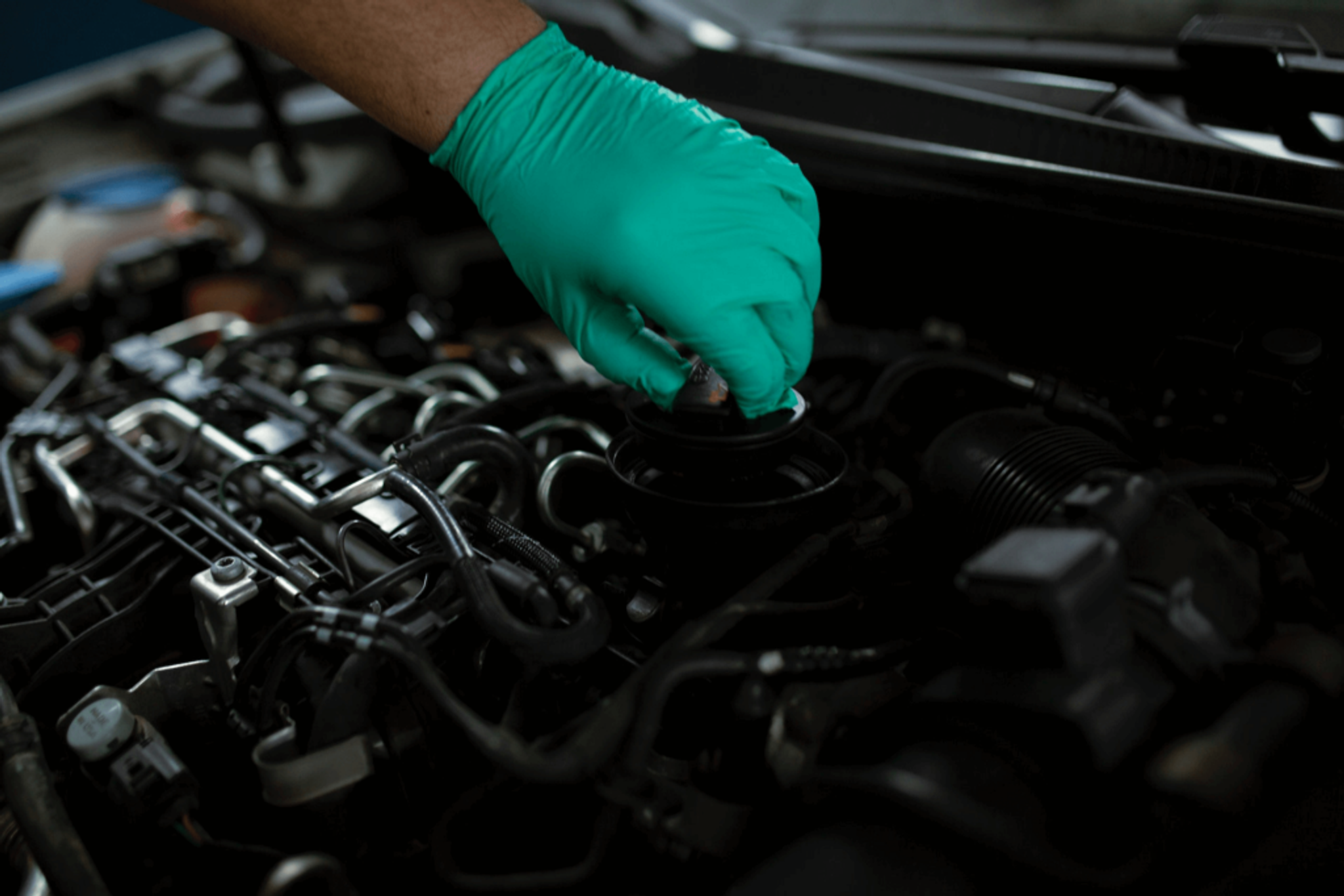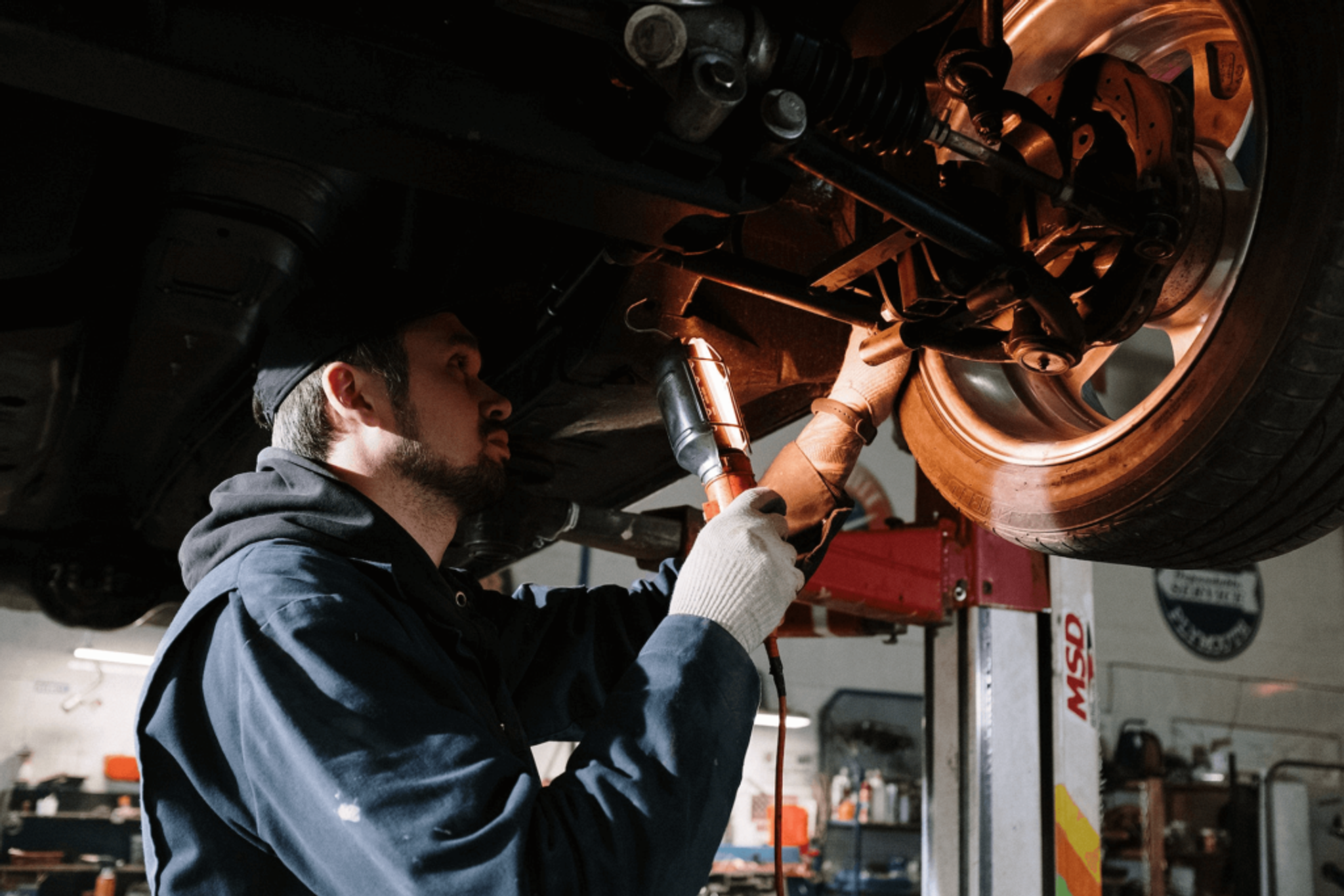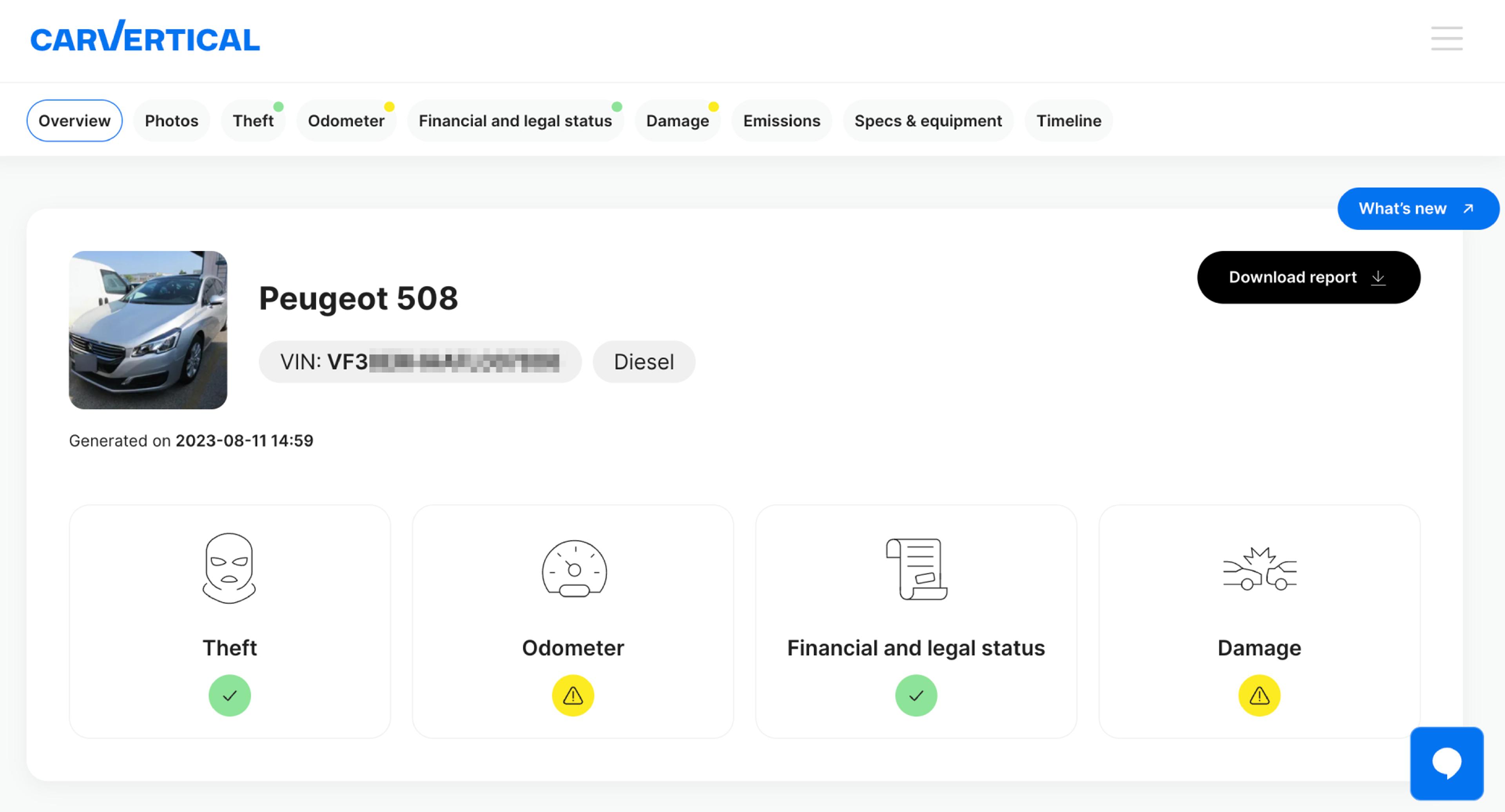What does the maintenance required light mean?

Karolis Bareckas

Knowing how to read your car’s dashboard and understanding the meaning of various lights helps to take care of your vehicle properly. The maintenance required light often confuses drivers, as few know what it actually means. Should you be worried when this light comes up?

Need help buying a used car?
To learn more about any used car, check its VIN on our VIN Decoder page!
Why is the maintenance required light in my car turned on?
The maintenance required light is a warning light informing drivers that their car needs maintenance. It’s not something you should worry about, but it’s best not to wait and consult your car’s maintenance schedule.
When the maintenance required light comes up, it usually means that you need to change your vehicle’s oil and the oil filter, rotate the tires, or inspect the level of various fluids.
Manufacturers program this warning light to come up automatically every 5,000 miles (8,000 km) or after the last oil change. When your car gets serviced, a mechanic will reset this light so it doesn’t bother you anymore.
In most cars, the maintenance light flashes for 5 seconds when you start the engine and then stops. However, after a few hundred miles it will appear and stay on, so you don’t forget to take your vehicle to an auto shop. The flashing maintenance required light means that you still have time to service your car.
What will happen if a driver ignores the maintenance required light?

If you ignore the maintenance light, you may damage your car’s engine. A regular oil change reduces wear and tear, prolongs your engine’s life, and even improves fuel economy.
Servicing your car on time also helps to maintain its value. In the worst case scenario, ignoring the maintenance required light can lead to an engine failure, which will cost a lot of money to fix.
Dashboard lights you can't ignore
While the maintenance required light doesn’t need your immediate attention, a handful of dashboard lights shouldn’t be ignored. If you don't know what these lights mean, consult the owner's manual.
Check engine
This light can mean many things, such as a catalytic converter failure, spark plug issues, a loose gas cap, a dead battery, and more. When the check engine light comes up, your car also stores an error code, which can be accessed using diagnostic tools.
Engine oil level
When the engine oil level light flashes, it means that you have to refill your engine oil. However, it may also indicate a leak, so thoroughly inspect your vehicle. Ignoring this light may cause your engine to overheat.
ABS light
A low brake fluid level, ABS failure, or a broken wheel speed sensor can trigger the ABS light warning. Since brakes are crucial for driving safely, you should address this problem as soon as possible.
Door ajar
This light warns you that your vehicle doors are open. Most cars also have an annoying warning sound, so you should definitely notice this.
Power steering light
A low power steering fluid level is one of the most common reasons for a warning light to come up. However, it can also mean more serious problems, such as faults in the power steering system.
Airbag warning
Airbag issues can affect your safety, so schedule an appointment with a mechanic to find out what has happened.
Cooling system
When this light comes up, stop your car immediately. You should check your radiator and hoses for any leaks. If you continue driving with the cooling system light flashing, your engine may overheat.
Automatic transmission system warning
While you can still drive your car with this light on, you should have it checked. This issue may signify that the fluid level is low or that the fluid temperature is too high.
Seat belt reminder
This one is pretty obvious – just buckle up.
Headlight system malfunction
Most of the time, this warning light will notify you that a light bulb needs to be changed. In most countries, you can get a fine for driving without all the lights working properly.
Is it illegal to not service your car?

In many cases, you’re not obliged by law to service your car, and you can drive with the whole dashboard flashing. Since there are no service requirements, you can maintain your vehicle as you please. However, servicing your vehicle on time will enhance your safety, improve fuel economy, reduce emissions, and prolong your car’s life.
Most countries require owners to take their car for an inspection every 12 to 24 months. You won’t pass an inspection if you’ve ignored warning lights and your car has severe issues. It’s best to service your vehicle on time, so you don't have troubles down the road.
How much will it cost when the maintenance required light comes on?
The maintenance cost varies: the more components of your car need to be serviced, the more you can expect to pay.
Changing the oil and filters can cost anywhere from $75 to $150, depending on where you live. Trucks and SUVs need more oil than small cars, so expect to pay more for this procedure. Tire rotation could cost you from $35 to $100, and the price for fluid inspection and refill (if needed) starts from a couple of bucks.
However, if there are more serious problems, your bill may be much steeper.
Regular maintenance doesn’t take long, and in most cases, it can be done in an hour. Most professionals also recommend checking your car’s brakes, suspension, lights, wiper blades, belts, hoses, and the battery, which can take up to several hours.
The maintenance light serves as a reminder to take care of your vehicle so it runs without any problems. This will not only save you money in the long run, but it will also ensure you’ll be able to sell your car for a higher price one day.
Look up the history of any car with a maintenance required light before buying
Regular car maintenance is crucial for the safety, reliability, and longevity of a vehicle. If a car you’re about to buy has a maintenance required light illuminated, make sure it’s not a recurring alert that the current owner simply ignores. Moreover, learn more about a car’s past and potential weak spots by getting a vehicle history report.
A vehicle history report can provide you with information about the car’s mileage, accident history, car title and ownership changes, etc. Knowing this, you can bring more questionable parts to the seller’s attention and make more informed decisions.

For example, buying a clocked vehicle (odometer shows lower mileage than the car has actually traveled) prevents you from correctly assessing its wear and tear. Therefore, you can’t be sure about its maintenance needs and potential expenses on repairs, and you’d likely be paying more than the vehicle is actually worth. Moreover, this also raises some safety concerns, just as neglecting regular maintenance.

Ask questions, do your research, and consult a professional mechanic or technician before buying any car. It can help you save money and potentially prevent accidents or breakdowns.

Check your registration number
Avoid costly problems by checking a vehicle's history. Get a report instantly!
Frequently asked questions

Article by
Karolis Bareckas
Karolis is an automotive writer focusing on the industry part of things. His goal is to educate readers and foster transparency in the used car market. With a passion for storytelling and extensive experience writing in a variety of fields, Karolis enjoys sharing his knowledge and spreading the word about automotive and tech topics. He’s also a a big fan of muscle cars and long road trips.
